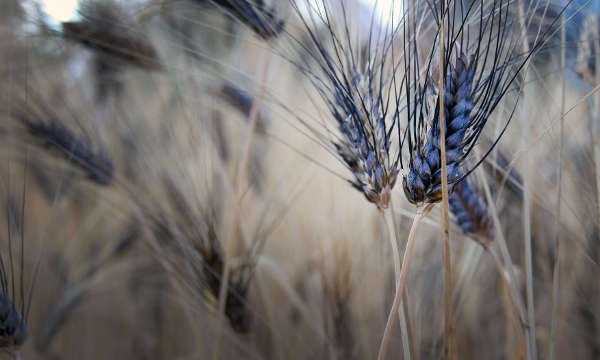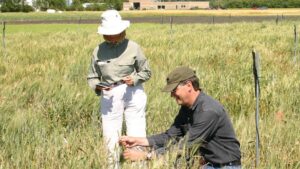A pioneering analysis of selected varieties of Ethiopian durum wheat has revealed a fresh source of genetic diversity, which could allow crop breeders to create new varieties more resilient to climate change-induced stresses.
The study, published in the Plant Biotechnology Journal and undertaken by scientists in Italy and Ethiopia, was unprecedented in its scale, methods of analysis, and focus.
By evaluating hundreds of domesticated, locally adapted varieties (landraces) of durum wheat – many identified and conserved by local farmers – and performing detailed genetic characterizations at the molecular level, the scientists discovered that the variety in outwardly expressed traits such as plant growth, morphology, resistance to pests and productivity correlated specifically with diversity at the genome level.
The results indicate an especially high level of genetic diversity for Ethiopian durum wheat compared with durum wheat cultivated elsewhere, suggesting that it could provide an important, as yet unexplored source of durum wheat diversity.
This is significant because this important global crop is suffering a reduction in its genetic diversity, which has resulted in a limited gene pool from which to breed new varieties. Yet new varieties are critically needed to ensure adaptation to weather-related and pathogenic stresses brought about by climate change, which threatens the productivity of durum wheat in Europe and elsewhere.
A fresh source of genetic material from which to breed new, adapted lines of durum wheat is therefore an exciting discovery.
“This study is a breakthrough in agricultural research. It shows the potential of genetic diversity to enhance resilience to climate change and productivity and should generate optimism about the future. It also shows how using state-of-the-art technologies together with traditional wisdom can be conducive to more valuable results than when research is done in isolation,” says Carlo Fadda, Bioversity International Country Representative in Ethiopia and key contributor to the research.
The research is significant not only in terms of its implications, but also scientifically. Identifying, without ambiguity, genuine genetic diversity in wheat is especially challenging due to the complex, multi-chromosomal structure of its genome. The scientists made use of recent advances in quantitative genetic methods, which draw on sophisticated statistical and algorithmic analysis, to analyze more than 30 million molecular data points.
The results provide a clear indication of the uniqueness and comparatively high genetic diversity of the Ethiopian wheat. They also represent a first step towards the conservation and sustainable valorization of Ethiopian durum wheat landraces, which could secure the livelihoods of local farmers as well as the stability of the global durum wheat market.












